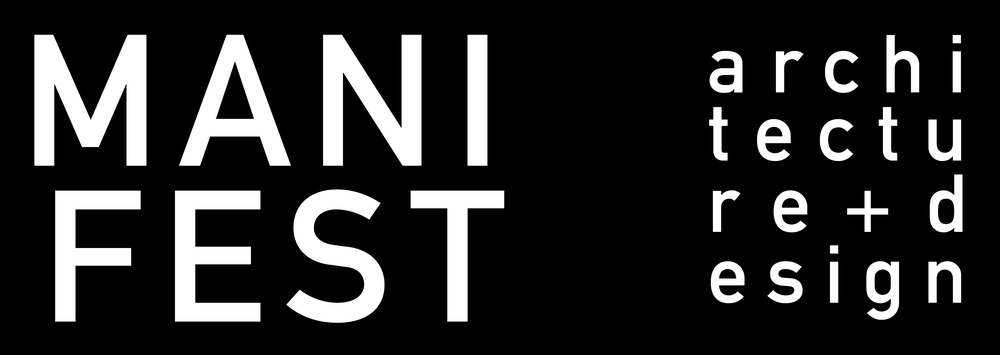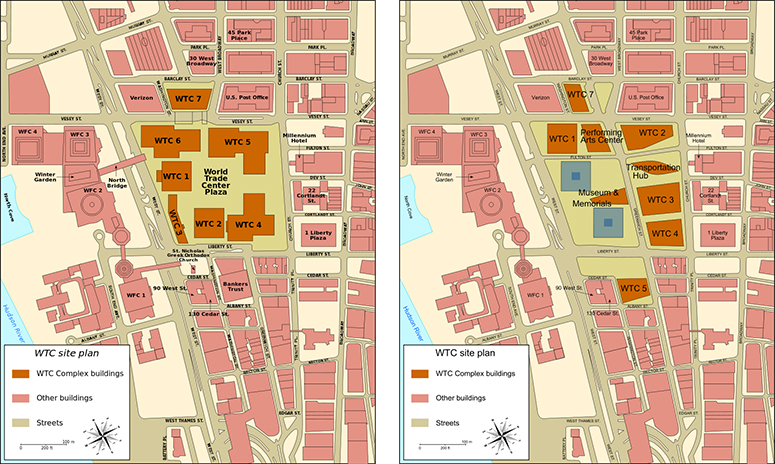Architects are optimists to their core, even the cynical ones. I have dubbed a good friend of mine practicing architecture in LA the Benevolent Misanthrope. He is far and away one of the most cynical, clever, talented, and witty people I know. Behind and through this cynicism he crafts beautiful buildings and spaces with an unmatched sensitivity to detail. His words say one thing but his work speaks something immensely different, exposing his glorious optimism. I would link to his web site but fear he might be angry with me for "outing" him.
We architects strongly believe in the possibility of The New to make positive and substantive improvements to society and the world around us. If there is one global assumption that can be made about good architects it's this one.
Yet... there can be a downside to our Panglossian state. Some very well known architects have succumbed to the Janus face of unchecked optimism via solipsism, extreme ego, and blind passion for making New Things.
Take Corbusier as one well known example. He was simultaneously a true visionary with some of his projects yet positively wooden with others, especially on an urban scale. He was notoriously insistent that his ideas were the only ideas that mattered. With this mindset he proposed radical, brutal, and drastic urban re configurations based on form and ideology and absent context and the experiences of the end user. His Plan Voisin embodies his most egregious example of an attempt to overlay extreme formal ideas and a newly imagined, idealized, untried urbanism onto Paris. If Georges-Eugène Haussmann was provided an opportunity to remake Paris in the 19th Century, by Corbu's logic, Le Corbusier was owed his due in the 20th.
Model image from Foundation Le Corbusier. I have a VERY hard time picturing this in the middle of Paris.
If you have spent any time in Paris it's impossible to imagine anything less than the complete obliteration of the character, history, and texture of the city if it had been subsumed by Corbusier's "Neighbor Plan." Fortunately his vision was neither embraced nor implemented in Paris. It wasn't until the next generation of architects when some of these new urbanism concepts would be applied on the scale of city; enter Noisy-le-Grand, a banlieue east of Paris.
From a purely architectural and urban laboratory standpoint Noisy-le-Grand proffers the opportunity to simultaneously experience a fascinating formal idea and a problematic urban reality.
This article delves into the post-Utopian status of the numerous architectural and urban leaps in Noisy-le-Grand. It'a a great showcase of images by Laurent Kronental who has been photographing this unique urban environment for close to a decade. One of the architects tasked with designing some of the buildings in Noisy-le-Grand was Ricardo Bofill. In 2014 he was interviewed by Le Monde and stated, "(I) have not managed to change the city." The Le Monde interview is suffused with disappointment. I get a sense from M. Bofill that he acknowledges that in spite of his best intentions the spaces and buildings of his hand had not the positive impact and effect he sought and imagined.
I wonder if presented with another opportunity to design in Noisy-le-Grand how M. Bofill would approach it? I would bet that the form and programmatic exegesis would change but the optimism would remain.
Architects have the ability to make radically positive change yet many architects with only the best intentions have made some terrible creations. We must always endeavor to not become ideologues, pure aesthetes, or too stubborn about what we know (or imagine we know) and imagine possible.

































